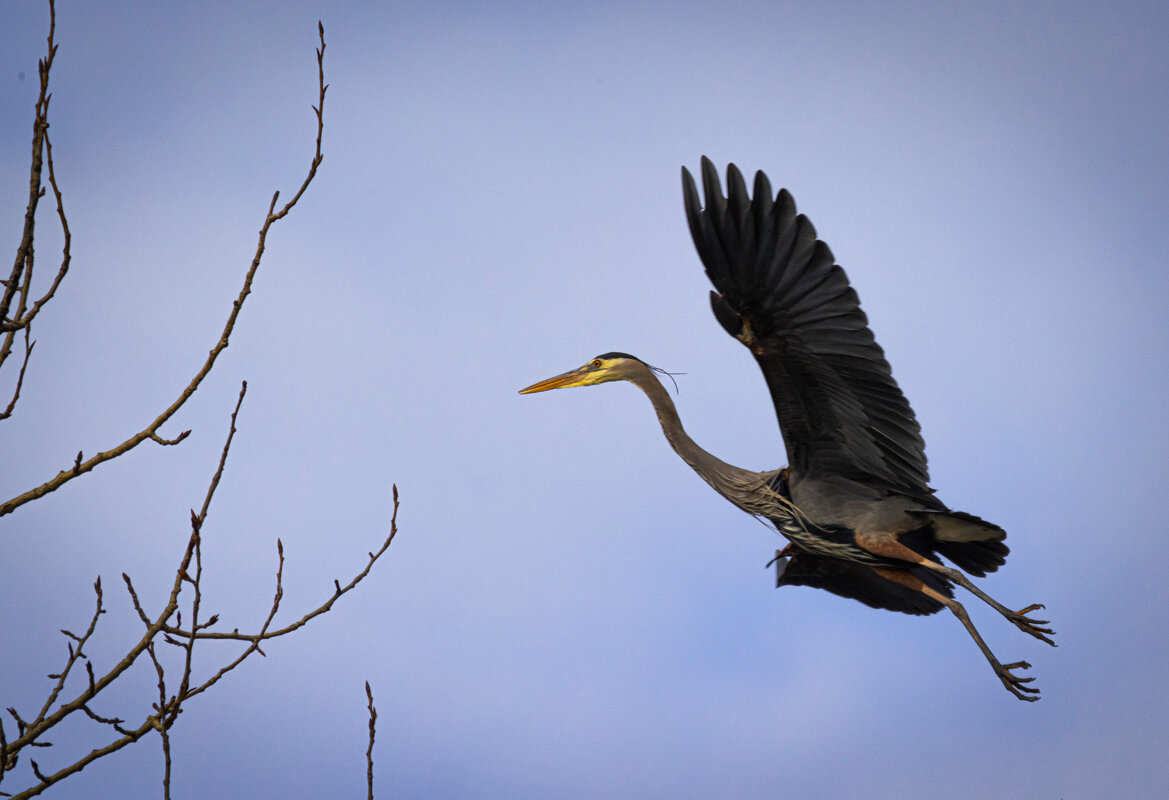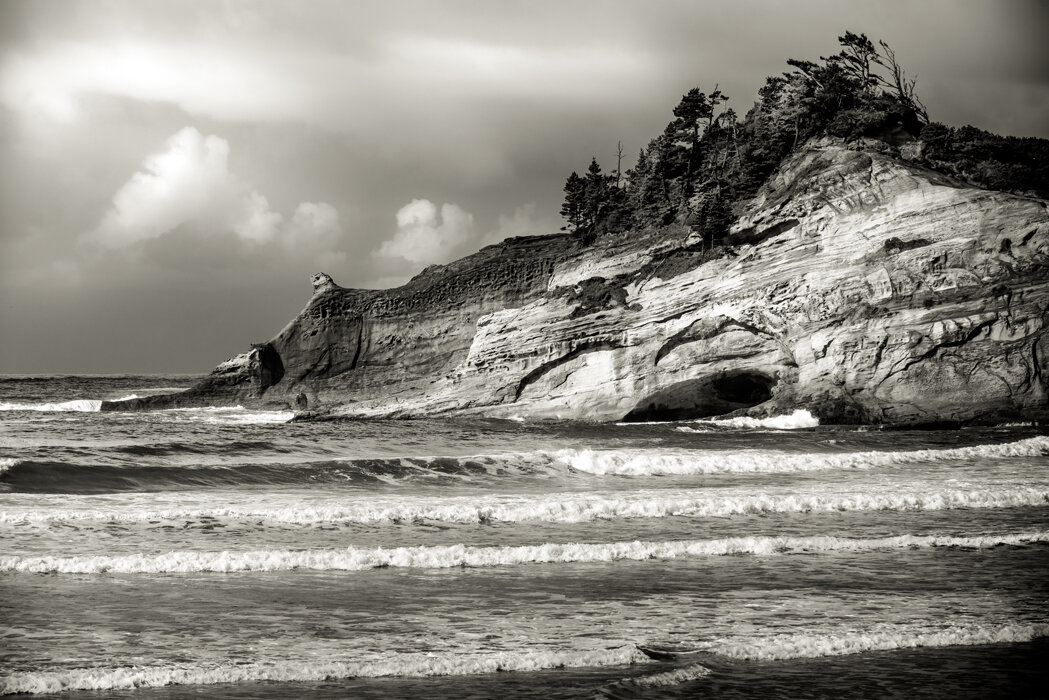Slowing the Shutter for Movement
For the people that know my work sharpness and clarity are what they expect in my photos. After watching some videos from other nature photographers I decided to try to put movement in to some of my flying bird photos.
The first six photos are how I standardly have a high shutter speed for clarity. The other photos are taken lowering the shutter speed to try and get wing and body movement with still hoping for face and eye sharpness.
All are of Great Blue Heron at Alton Baker Park in Eugene, Oregon.
View fullsize
![#10]()
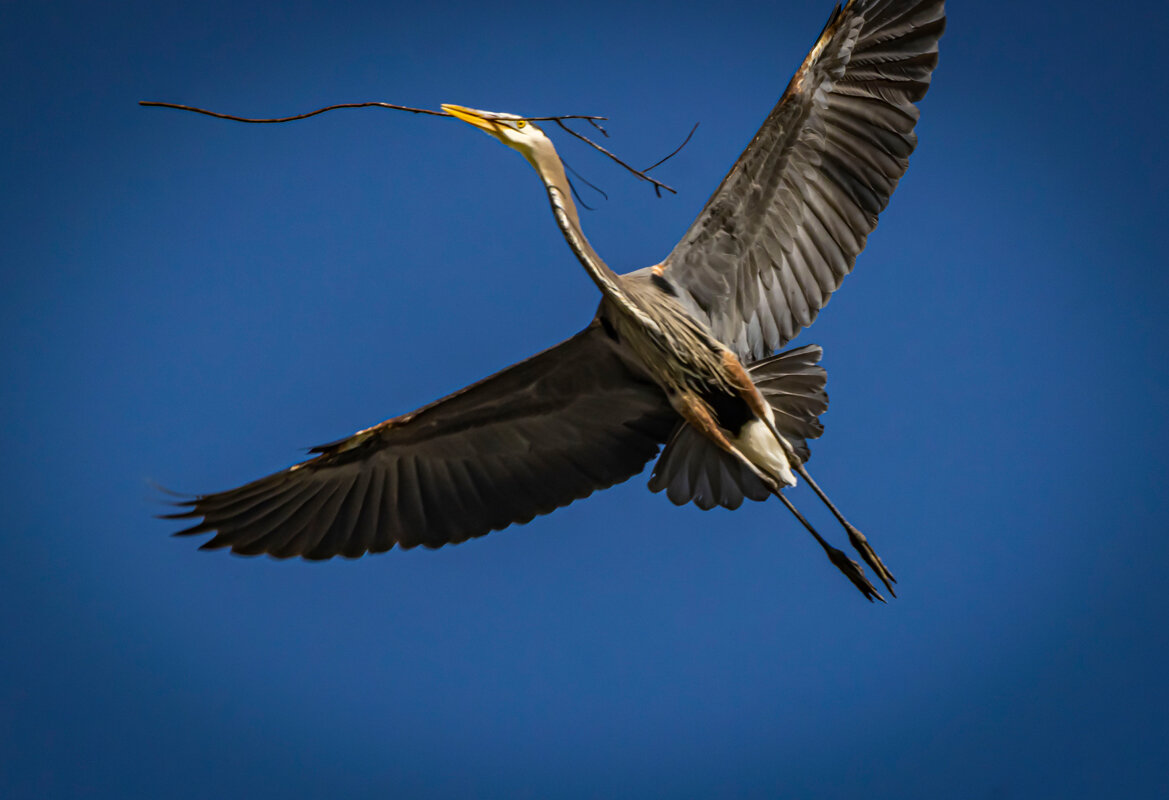
#10
View fullsize
![#11]()

#11
View fullsize
![#12]()
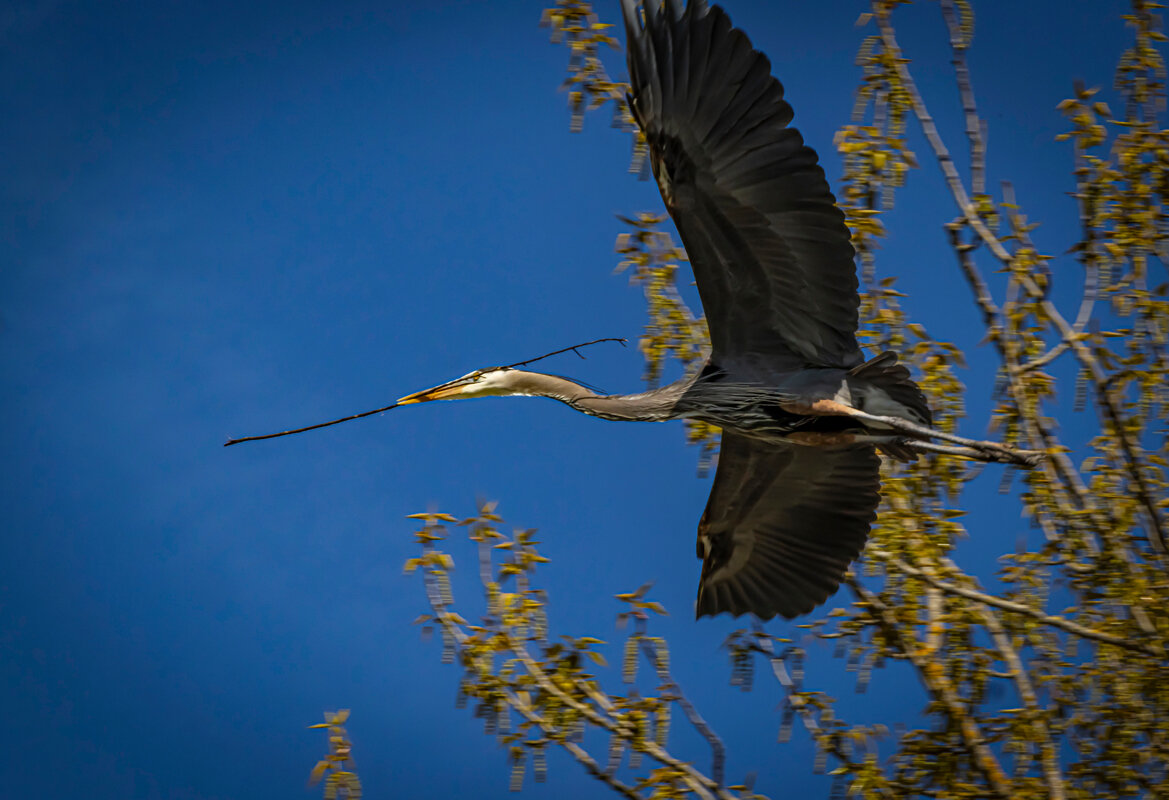
#12
View fullsize
![#13]()

#13
View fullsize
![#14]()

#14
View fullsize
![#15]()

#15
View fullsize
![#16]()

#16
View fullsize
![#17]()

#17
View fullsize
![#18]()

#18
View fullsize
![#19]()

#19
View fullsize
![#20]()
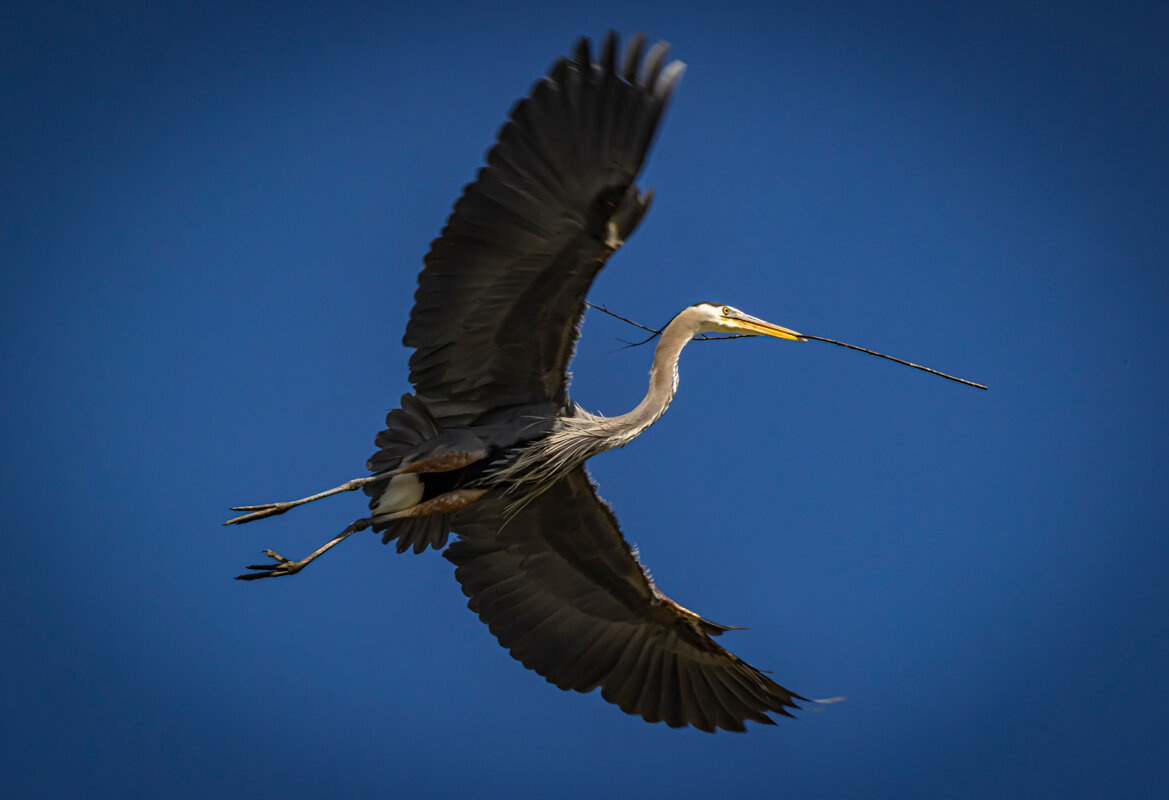
#20


